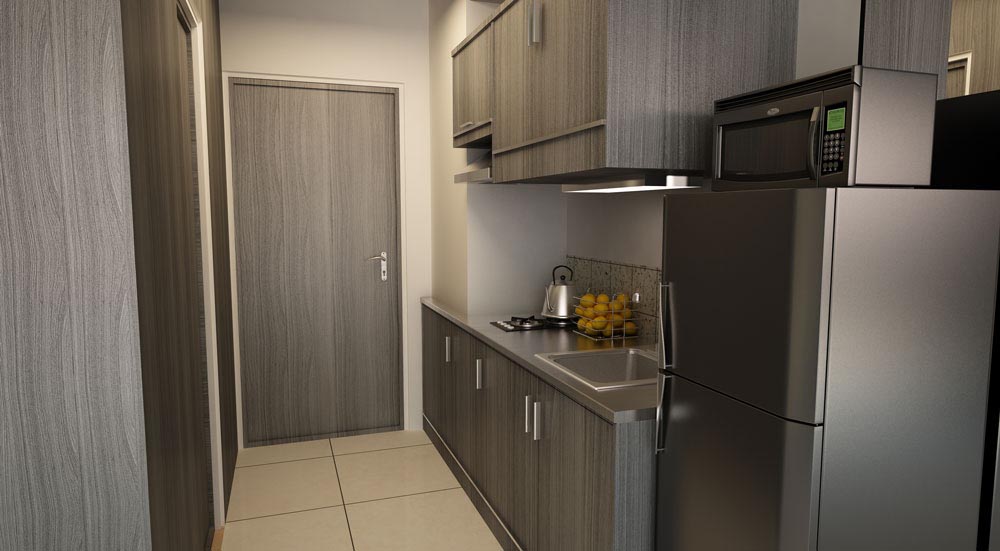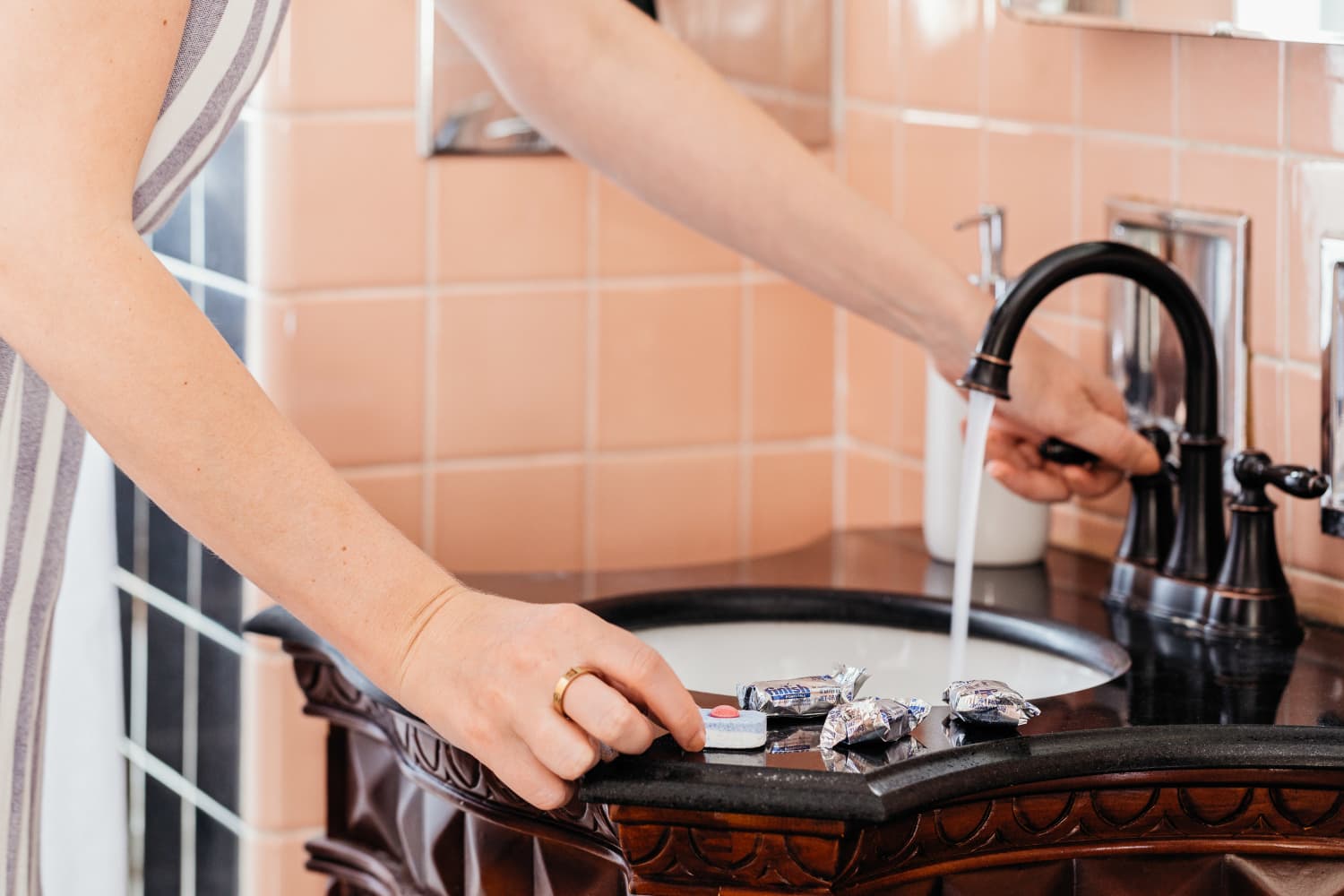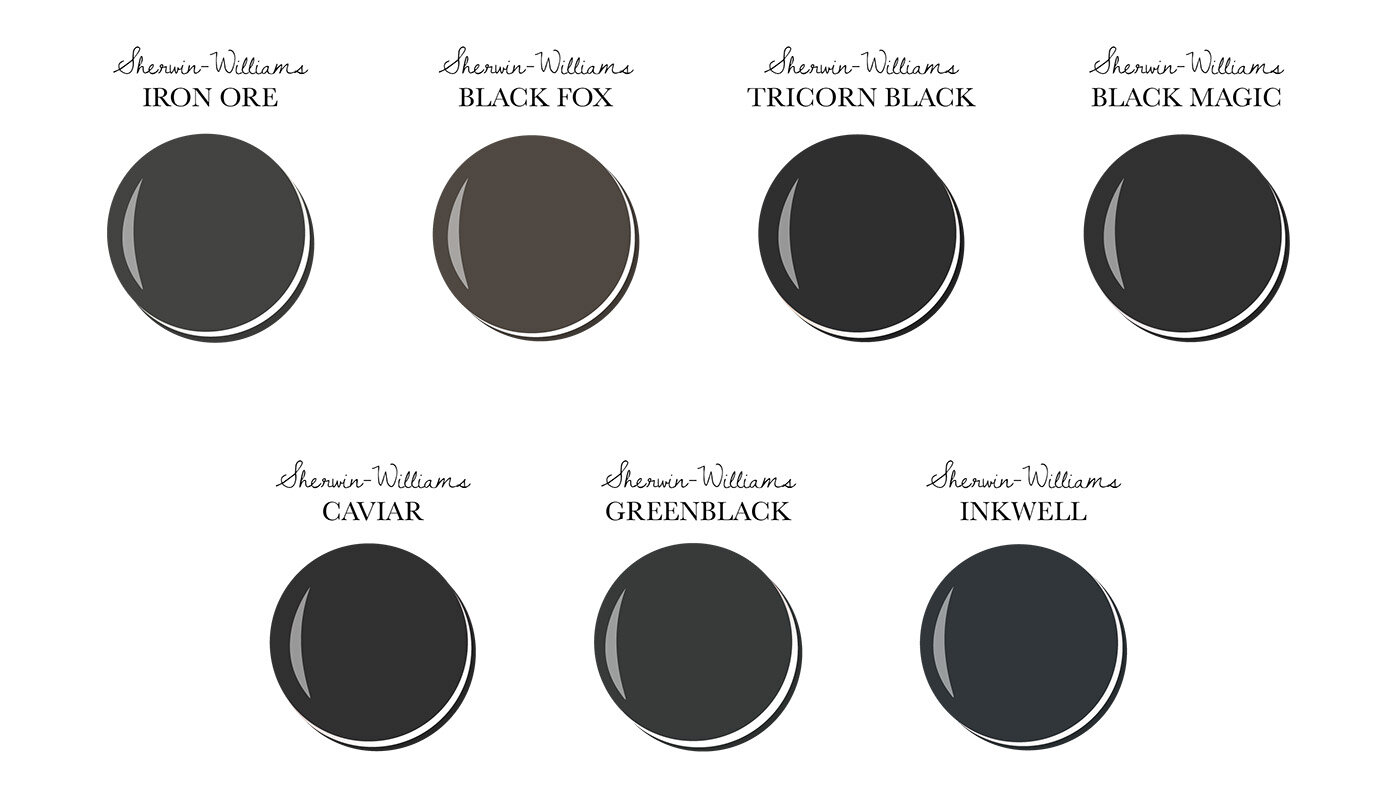The terms "parlour" and "living room" are often used interchangeably, but they actually refer to two different types of spaces in a home. Both are commonly used for entertaining guests and relaxing with family, but they have distinct characteristics that set them apart. In this article, we'll explore the top 10 differences between parlours and living rooms to help you better understand these key rooms in your home.Parlour vs Living Room: What's the Difference?
The term "parlour" comes from the French word "parler", which means "to speak." In the past, parlours were used as a formal space for socializing and entertaining guests. They were typically found in grand homes and were reserved for special occasions. On the other hand, the term "living room" originated in the late 19th century and referred to a space where the family would "live" and spend their everyday time together.1. Historical Origins
Traditionally, parlours were located at the front of the house or on the main floor, and were often the first room guests would see upon entering. This placement reflected their purpose as a space for entertaining and showcasing the family's wealth and status. Living rooms, on the other hand, were typically located at the back of the house or on the upper floor, and were more private and functional spaces for the family.2. Location in the Home
As mentioned, parlours were designed for formal social gatherings and were therefore more formal in their design and decor. They often featured elegant furniture, fine art, and delicate accents. Living rooms, on the other hand, were more casual and comfortable spaces, with a focus on functionality rather than formality.3. Formality
Parlours were primarily used for entertaining guests, such as hosting tea parties, playing music, or engaging in polite conversation. Living rooms, on the other hand, were multifunctional spaces used for a variety of purposes, including watching TV, reading, and spending time with family.4. Use of Space
The furniture in a parlour was often arranged in a formal and symmetrical manner, with a focus on creating a sense of balance and harmony. This included pieces such as chaise lounges, settees, and upholstered chairs. Living rooms, on the other hand, featured more practical and comfortable furniture, such as sofas, armchairs, and coffee tables.5. Furniture
The decor in a parlour was often luxurious and ornate, with a focus on showcasing the family's wealth and social status. This included items such as fine art, elaborate drapery, and decorative accents. Living rooms, on the other hand, had a more relaxed and personal feel, with decor that reflected the family's interests and style.6. Decor
As mentioned, parlours were primarily used for entertaining guests, so their design and layout were not always practical for everyday use. Living rooms, on the other hand, were designed with functionality in mind, with a layout that allowed for ease of movement and comfortable living.7. Functionality
Due to their formal nature, parlours were often larger in size and could accommodate more guests. Living rooms were typically smaller and more intimate, designed for the use of the family and close friends.8. Size
Parlours were located at the front of the house and were therefore more exposed to the public eye. This meant that they were not always the most private of spaces. Living rooms, on the other hand, were often located in a more secluded area of the house, allowing for a sense of privacy and relaxation.9. Privacy
Differences between Parlour and Living Room: Exploring the World of House Design

Introduction
 When it comes to designing a house, one of the most important factors to consider is the layout and functionality of the living space. Two common terms that are often used interchangeably are "parlour" and "living room." While both of these spaces serve as a place for gathering and relaxation, there are some key differences between them that can greatly impact the overall design of a house. In this article, we will delve into the differences between parlour and living room and how they can affect the overall aesthetic and functionality of a house.
When it comes to designing a house, one of the most important factors to consider is the layout and functionality of the living space. Two common terms that are often used interchangeably are "parlour" and "living room." While both of these spaces serve as a place for gathering and relaxation, there are some key differences between them that can greatly impact the overall design of a house. In this article, we will delve into the differences between parlour and living room and how they can affect the overall aesthetic and functionality of a house.
What is a Parlour?
 The term "parlour" dates back to the 16th century and was originally used to describe a room in which guests would be entertained. Over time, it has evolved to refer to a formal sitting room or reception area in a house. Parlours are typically located near the entrance of a house and are often used for hosting formal events or receiving guests. They are usually more ornately decorated with elegant furniture and accessories, giving off a sense of luxury and sophistication.
Related keyword: Formal living room
The term "parlour" dates back to the 16th century and was originally used to describe a room in which guests would be entertained. Over time, it has evolved to refer to a formal sitting room or reception area in a house. Parlours are typically located near the entrance of a house and are often used for hosting formal events or receiving guests. They are usually more ornately decorated with elegant furniture and accessories, giving off a sense of luxury and sophistication.
Related keyword: Formal living room
What is a Living Room?
 On the other hand, a living room is typically a more casual and relaxed space where family members and friends can gather to spend time together. Unlike parlours, living rooms are usually located towards the back of a house and are connected to other areas such as the kitchen or dining room. They are often designed with comfort and functionality in mind, with cozy seating arrangements, entertainment systems, and a more laid-back atmosphere.
Related keyword: Family room
On the other hand, a living room is typically a more casual and relaxed space where family members and friends can gather to spend time together. Unlike parlours, living rooms are usually located towards the back of a house and are connected to other areas such as the kitchen or dining room. They are often designed with comfort and functionality in mind, with cozy seating arrangements, entertainment systems, and a more laid-back atmosphere.
Related keyword: Family room
Main Differences Between Parlour and Living Room
 The main differences between parlour and living room lie in their purpose and design. Parlours are meant to be more formal and are often used for special occasions or events, while living rooms are more casual and serve as a space for everyday activities. This is reflected in their layout and décor, with parlours having more extravagant furniture and decorations, while living rooms tend to have a more comfortable and functional design.
Another key difference is in the location of these spaces within a house. Parlours are typically located at the front of the house, emphasizing their role as a reception or entertaining area, while living rooms are situated towards the back, making them more connected to the rest of the living space.
The main differences between parlour and living room lie in their purpose and design. Parlours are meant to be more formal and are often used for special occasions or events, while living rooms are more casual and serve as a space for everyday activities. This is reflected in their layout and décor, with parlours having more extravagant furniture and decorations, while living rooms tend to have a more comfortable and functional design.
Another key difference is in the location of these spaces within a house. Parlours are typically located at the front of the house, emphasizing their role as a reception or entertaining area, while living rooms are situated towards the back, making them more connected to the rest of the living space.
In Conclusion
 In summary, while parlour and living room may both serve as places for gathering and relaxation, they have distinct differences that can greatly impact the overall design and functionality of a house. Whether you prefer a more formal and elegant space or a cozy and functional one, understanding the differences between these two rooms can help you create a house that perfectly suits your needs and style.
In summary, while parlour and living room may both serve as places for gathering and relaxation, they have distinct differences that can greatly impact the overall design and functionality of a house. Whether you prefer a more formal and elegant space or a cozy and functional one, understanding the differences between these two rooms can help you create a house that perfectly suits your needs and style.


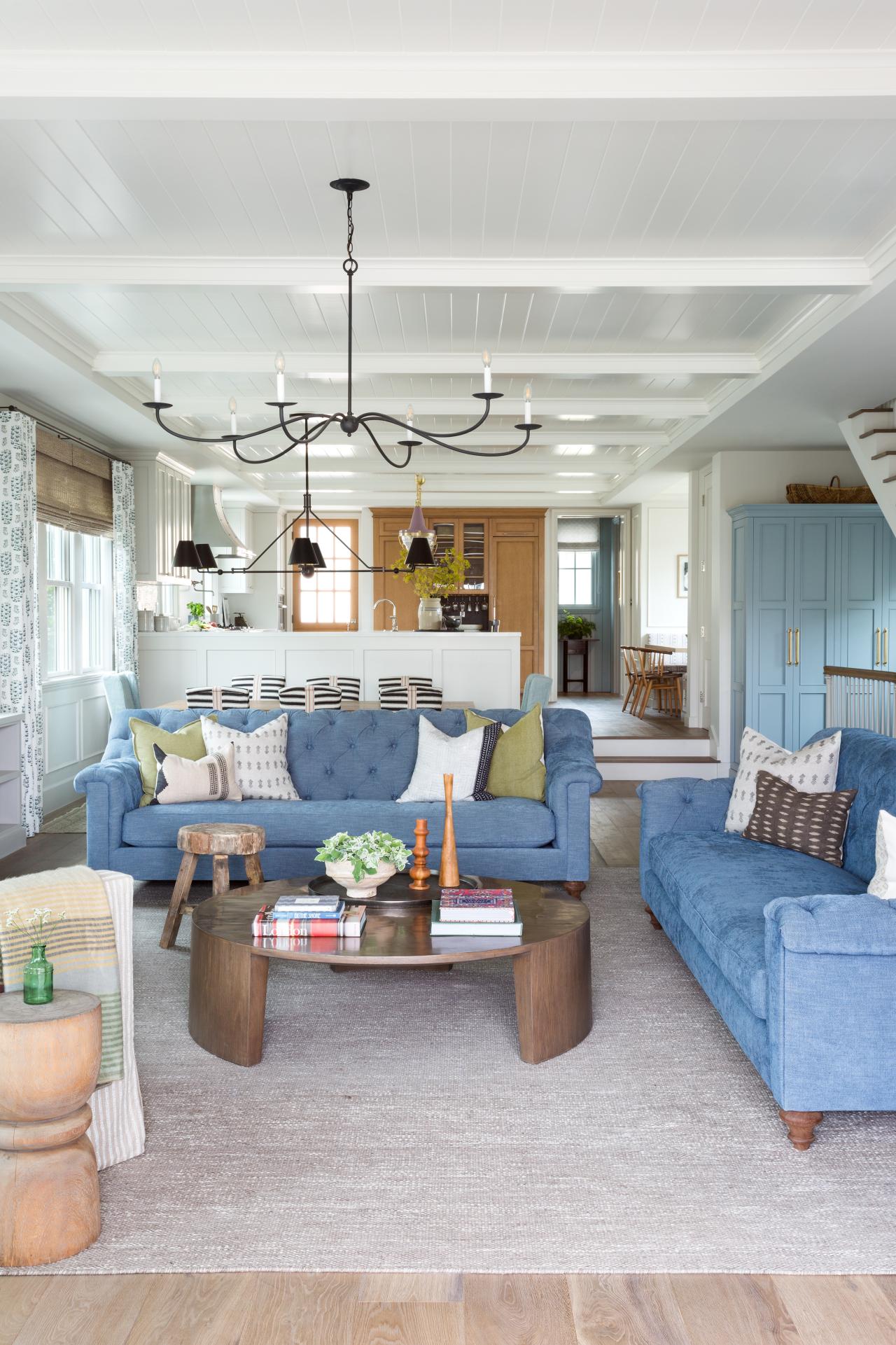
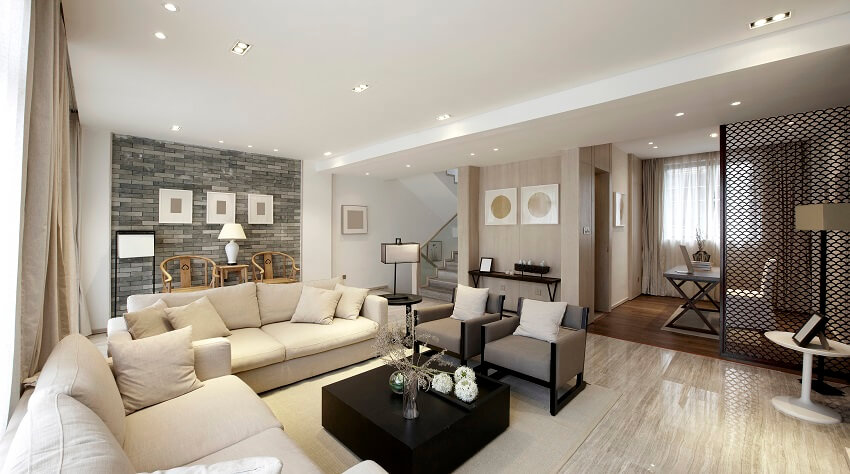

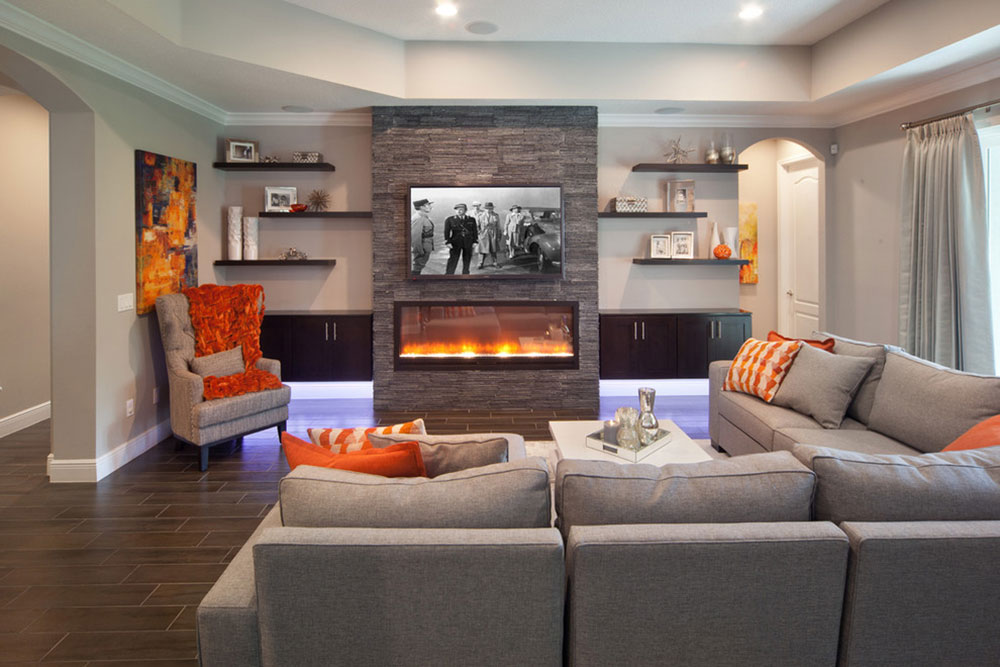

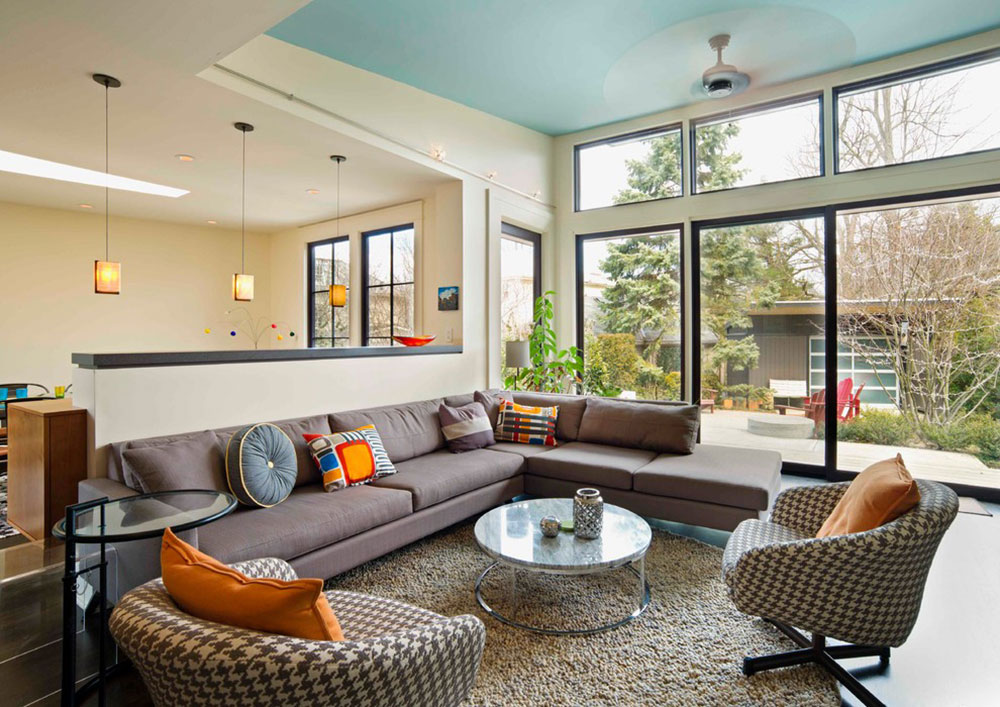
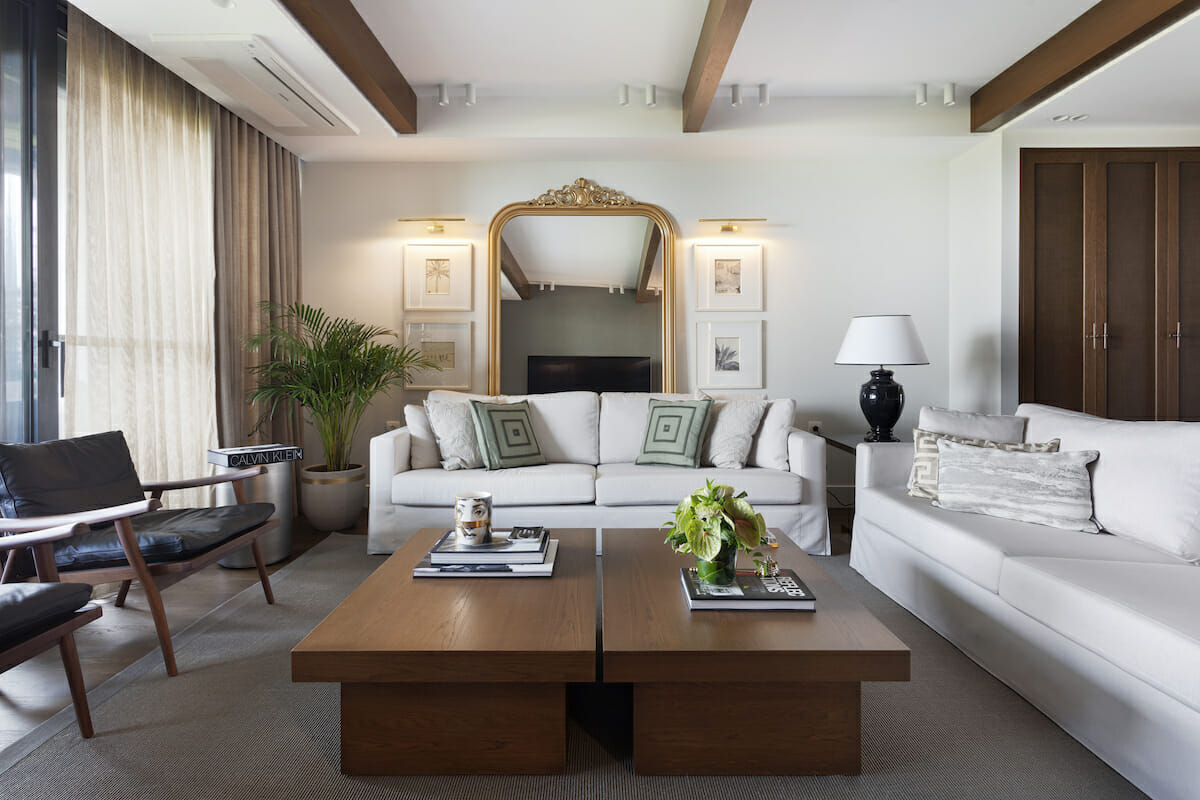
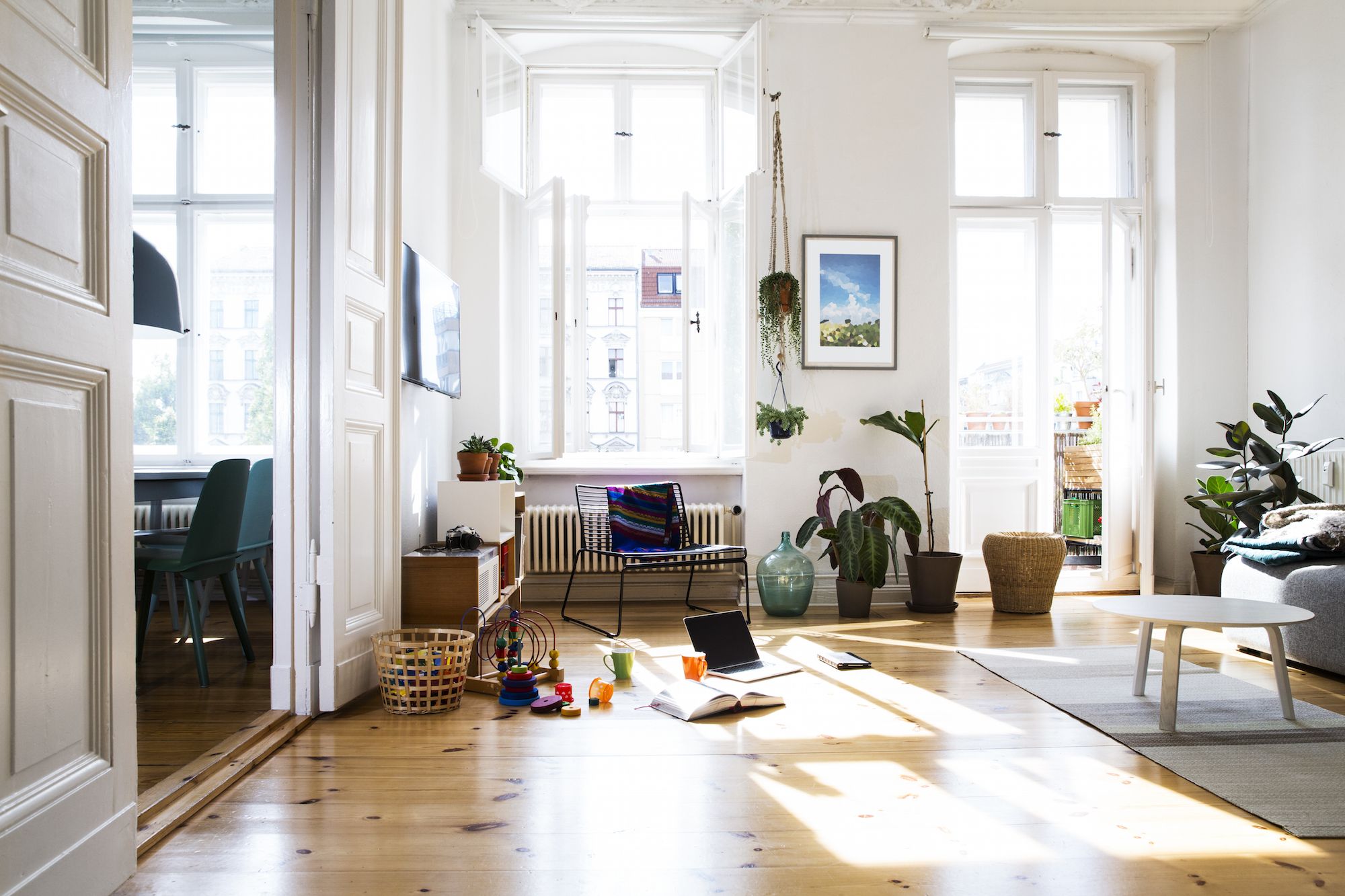


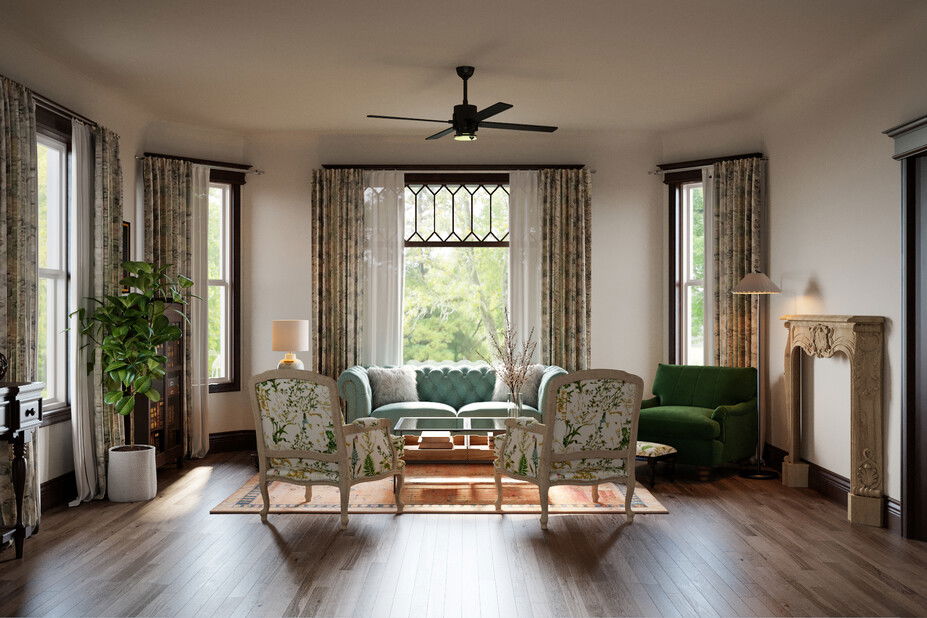
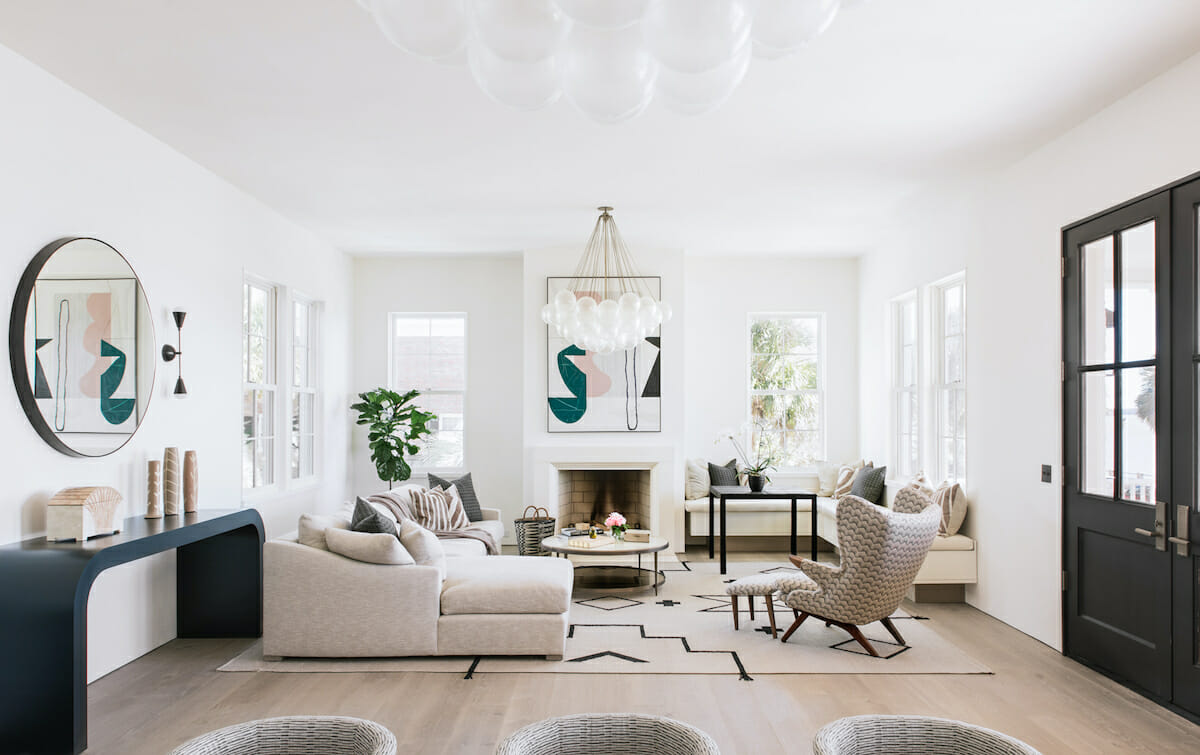



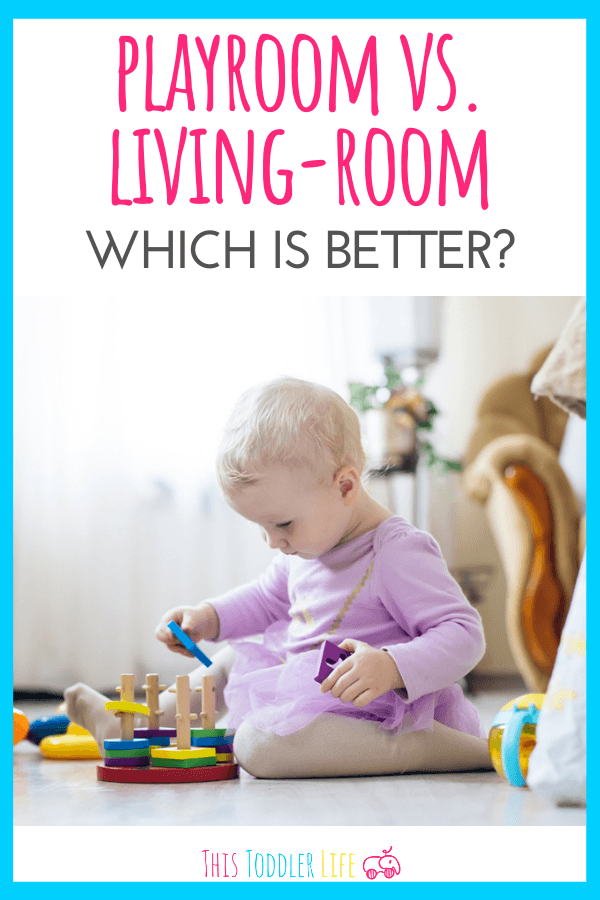
:max_bytes(150000):strip_icc()/PumphreyWeston-e986f79395c0463b9bde75cecd339413.jpg)


